-
Welcome to Tacoma World!
You are currently viewing as a guest! To get full-access, you need to register for a FREE account.
As a registered member, you’ll be able to:- Participate in all Tacoma discussion topics
- Communicate privately with other Tacoma owners from around the world
- Post your own photos in our Members Gallery
- Access all special features of the site
Real-World Reliability of High Performance Shocks
Discussion in 'Suspension' started by greymachine, Mar 6, 2020.
Page 2 of 2
Page 2 of 2


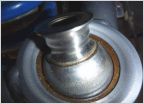 Stainless steel uni-ball for TC UCA 05+ Tacoma
Stainless steel uni-ball for TC UCA 05+ Tacoma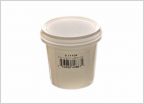 Old Man Emu Suspension
Old Man Emu Suspension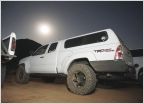 All-pro leaf pack - adding a leaf
All-pro leaf pack - adding a leaf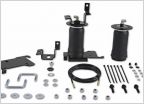 Roadmaster Active Suspension... For the Vertically Challenged
Roadmaster Active Suspension... For the Vertically Challenged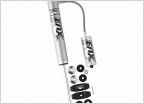 Opinions of this suspension setup
Opinions of this suspension setup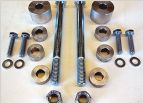 About to pull the trigger on lift kit
About to pull the trigger on lift kit









































































